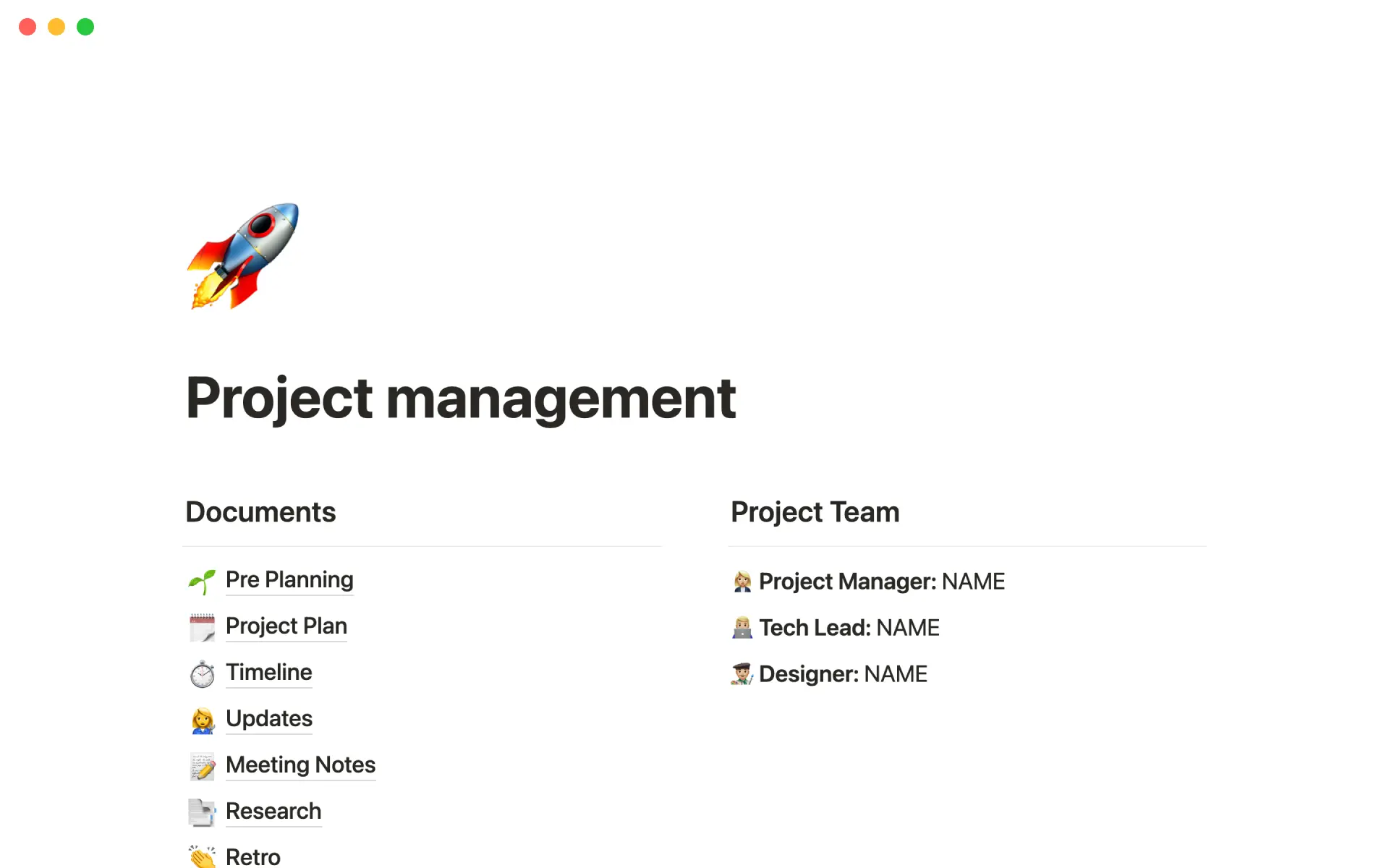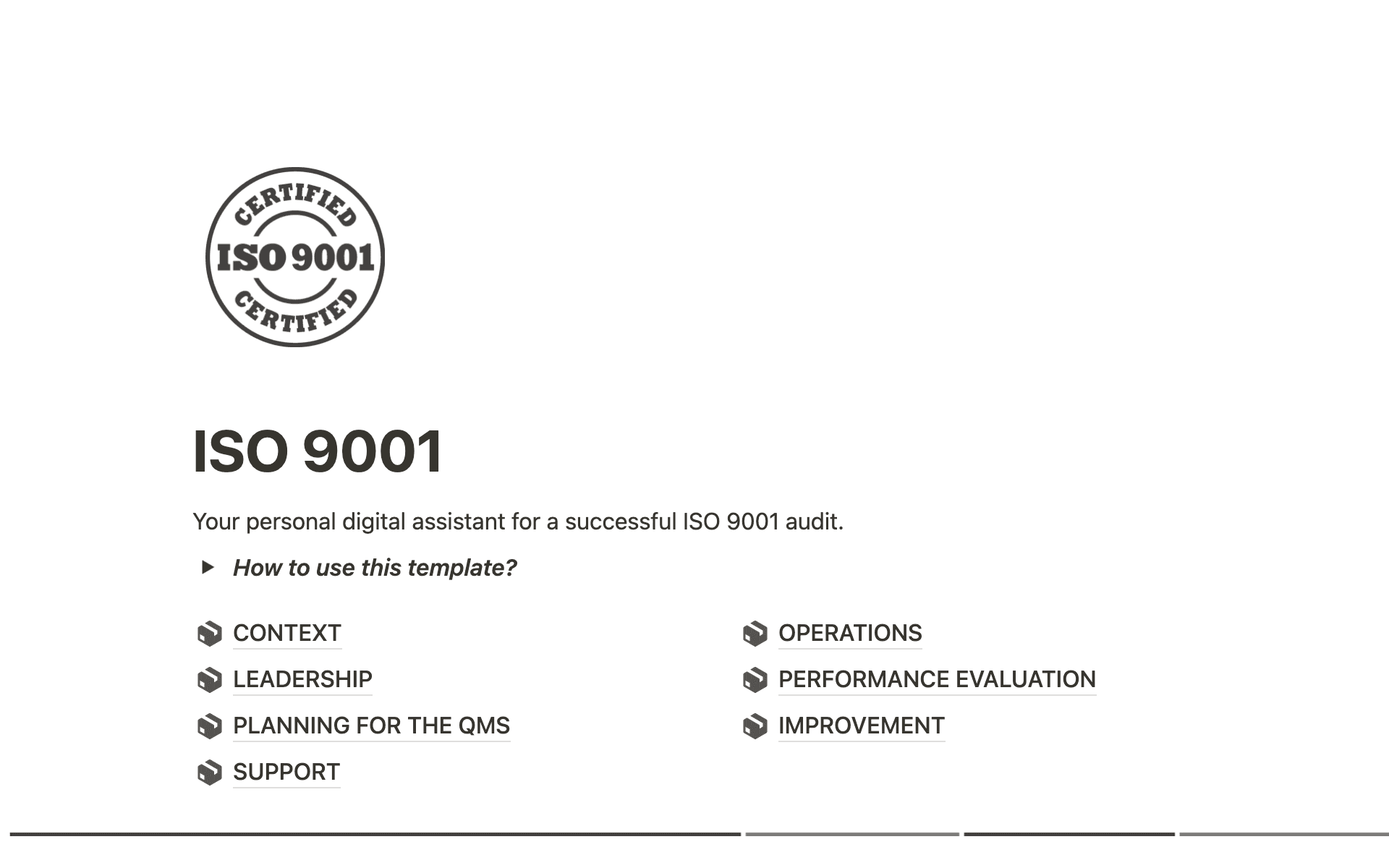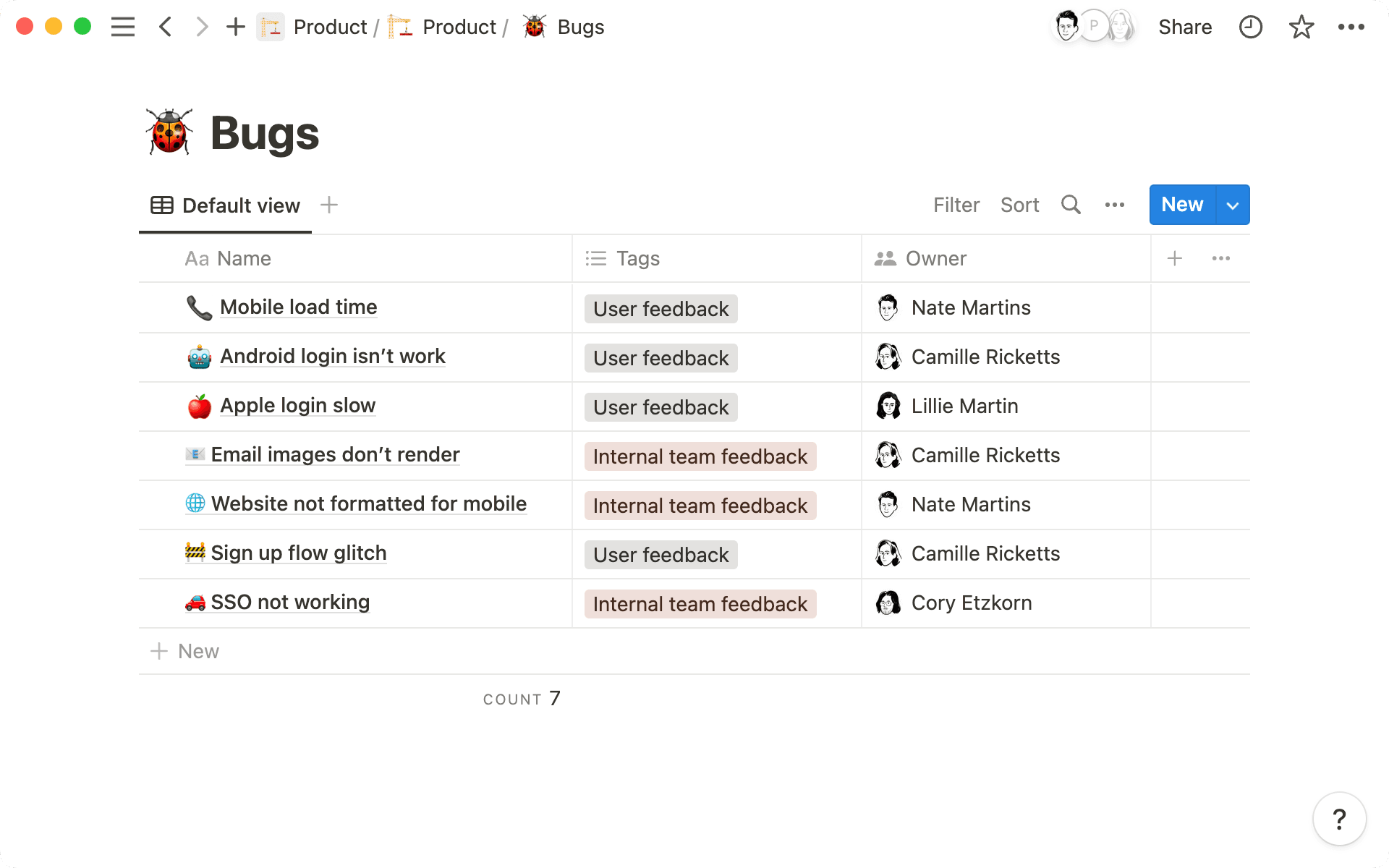In the workplace, peak efficiency depends on countless external factors falling into place.
These elements include the resources and tools you need to run your business and how easy it is to procure them. For this reason, your business vendors play a crucial role.
Vendors aren’t in your offices each day, but they supply the materials and talent that facilitate smooth day-to-day operations. And excellent vendor relationships are key to keeping projects running efficiently.
Although spreadsheets have their place in strategic vendor management, more businesses are opting for advanced cloud-based technology to streamline their supply chain strategy. In particular, vendor management systems (VMSs) simplify procurement with seamless software integrations and convenient automation capabilities. VMSs have become a default tool in project management, and they can help optimize your vendor relations.
What’s a vendor management system?
A vendor management system is a software suite that stores data, monitors analytics, and automates tasks related to your team’s external suppliers. With a VMS in place, teams can review data from their current vendors — such as contact details, pricing, and contract information — and conduct onboarding and offboarding procedures with automated commands.

VMS applications update in real time and integrate with a company’s operations so you can interact with vendors, conduct audits, and process invoices all in one space. Procurement, compliance, and management teams use VMSs as a data repository for evaluating current vendor relationships and streamlining communications.
The benefits of vendor management systems
A reliable VMS is essential for storing and processing data efficiently while vendor networks grow more complex. The ideal system for your business offers a bird’s-eye view of vendor activity, reducing time spent sifting through spreadsheets and sending emails. Plus, since VMSs automate many tedious documentation procedures, they reduce the risk of human error.
Some more benefits include:
Automated vendor procurement — a VMS automates routine procurement tasks throughout a vendor lifecycle, including audits and compliance checks, which helps eliminate redundant data and strain on your procurement team. And streamlined automation simplifies the onboarding, monitoring, and offboarding processes, cutting expenses and speeding up hiring.
Actionable data for predictive analysis — since VMSs provide real-time and error-free insights into vendor relations, you’ll see a comprehensive, data-driven view of your purchases and budget allocation. The data stored in a VMS helps construct an accurate predictive analysis report to assess prior trends, forecast prices, and make informed vendor selections.
Enhanced communication pathways — forget the back-and-forth emails and phone calls with your vendors. With a VMS, you can communicate in real time on one platform for transparent record-keeping and fast feedback processing. Centralizing information on a VMS also helps link conversations to specific documents for greater clarity and quicker resolutions.
Assured compliance — these systems eliminate any shuffling between folders to find audit reports, contract details, and compliance records on your vendors. Use your VMS to gain complete visibility of vendor performance and ensure adherence to regulatory requirements.
How to choose a vendor management tool
Every VMS boasts dozens of attractive features, like platform customization and employee training resources. But don’t rush to install the first system you see. For the most successful software integration, clarify which features are essential before shopping. Here are some tips to help you select the right system for your team.
1. Assess current vendor management pain points
Start by reviewing current vendor management operations and identifying the key issues your VMS should solve. During this initial stage, it helps to use templates and frameworks like a SWOT analysis to organize your information and identify current weaknesses. Consult team members in procurement, financial, and legal departments for insight into improvement areas.

Consider measurable key performance indicators (KPIs) related to your VMS — like cost savings, scalability improvements, and productivity speed — and assess their value propositions. You can use these same KPIs in the future to evaluate the success of whichever new VMS you choose.
2. Define selection criteria and constraints
After identifying the shortcomings of your current vendor management protocols, construct a list of essential features for a VMS, such as compatible API integrations, easily scannable data feeds, and 24/7 support guarantees. Consider arranging your desired functionalities in a numbered list, ranking non-negotiables highest and less essential features lowest. When creating this VMS “shopping list,” factor in budget constraints to set manageable expectations.
3. Research VMS providers
With clear criteria and business objectives in mind, search for industry-leading VMS platforms and compare their offerings and price points. Start with an online search to get acquainted with big names like SAP Fieldglass, Precoro, and Cflow, then refine your search for results tailored to your target market. Consider consulting colleagues, searching for references, and attending vendor management conferences for more insight into various providers.
When compiling a shortlist of potential VMS partners, consider each platform’s finances and track record of success with companies in your business segment. Take time to explain your business operations to providers and ask how their systems might help you achieve your goals.
4. Request a VMS trial or product walkthrough
Each VMS provider has unique marketing tactics, but many VMS companies offer potential clients free trial periods or hands-on demonstrations. Ask each company about these offerings, and take advantage of free tests to learn how the software fits into your operations.
Note how quickly team members adapt to a VMS application’s layout, and evaluate how it works with your existing enterprise resource planning (ERP) software. Also consider how simple it is to customize documents, communicate with vendors, and adjust workflows within a program. And evaluate the provider’s customer support and training services to ensure team members have resources if problems arise.
5. Negotiate the contract and implementation plan
Run a final cost analysis on the VMS programs you’re considering, including additional expenses for special features, extra support, and customization requests. Confirm that the contract terms fit within your expected budget, and clarify details such as employee training, support contact information, and cancellation policies. Be sure to document relevant VMS information like customer support numbers in a centralized knowledge repository, such as a company wiki.
With your program selected, outline an implementation timeline so vendors and team members know what to expect. After the first few weeks of implementation, meet with your procurement team to assess the software’s efficacy, and review any changes in your vendor relations.
Perfect vendor management with Notion templates
Collaborating with suppliers and vendors can be a challenge, even with software solutions like VMSs. But with Notion’s templates, teams have more ways to evaluate and manage vendor documentation while ensuring high standards for compliance and efficiency. Search the template gallery to find just the right document to elevate your supplier relationship management.






